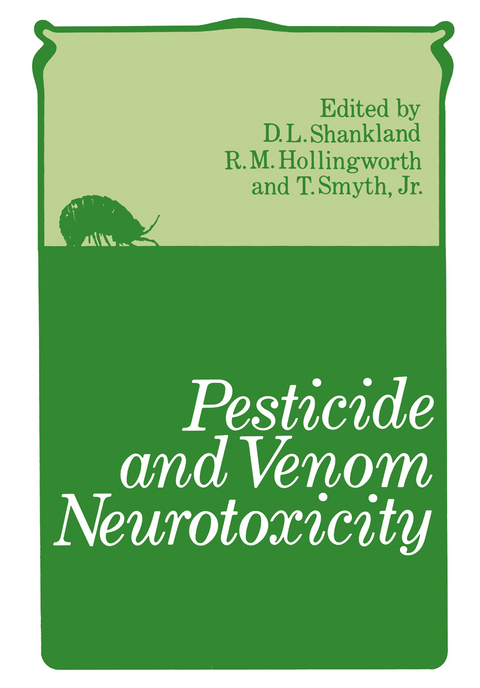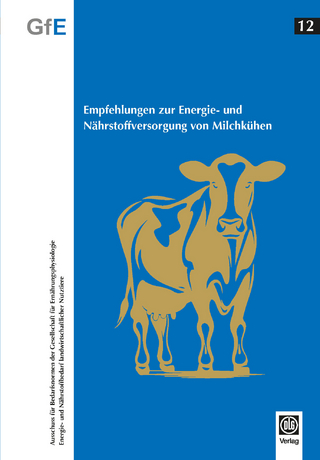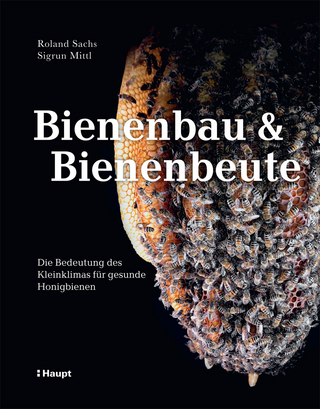
Pesticide and Venom Neurotoxicity
Springer-Verlag New York Inc.
978-1-4615-8836-8 (ISBN)
General Introduction.- Section I Sites of Neurotoxic Action in Insects.- The Insect Central Nervous System as a Site of Action of Neurotoxicants.- Acetylcholine Receptors: Purification, Structure, and Interaction with Insecticides.- Isomeric Forms of Acetylcholinesterase.- Novel Inhibitors of Insect Choline Acetyltransferase and Their Effects on Synaptic Transmission at an Insect Cholinergic Synapse.- Insecticide-Induced Release of Neurosecretory Hormones.- The Insect Neuromuscular System as a Site of Insecticide Action.- Section II Neurotoxic Actions of Synthetic Insecticides and Acaricides.- Neurophysiological Study of the Structure — Activity Relations of Insecticides.- Toxicities of ?-BHC and Related Compounds.- Nitromethylene Heterocycles as Insecticides.- The House Fly Metabolism of Nitromethylene Insecticides.- The Cardiovascular Toxicity of Chlordimeform: A Local Anesthetic-Like Action.- Formamidine Pesticides — Actions in Insects and Acarines.- Formamidine Pesticides — Metabolic Aspects of Neurotoxicity.- Section III Neurotoxic Actions of Arthropod Venoms.- Effects and Chemical Characterization of Some Paralyzing Venoms of Solitary Wasps.- Chemistry, Specificity, and Action of Arthropod Toxic Proteins Derived from Scorpion Venoms.- Ant Venoms: A Study of Venom Diversity.- Actions of Some Neurotoxic Proteins of Black Widow Spider Venom 2.
| Zusatzinfo | X, 284 p. |
|---|---|
| Verlagsort | New York, NY |
| Sprache | englisch |
| Maße | 170 x 244 mm |
| Themenwelt | Veterinärmedizin |
| Weitere Fachgebiete ► Land- / Forstwirtschaft / Fischerei | |
| ISBN-10 | 1-4615-8836-7 / 1461588367 |
| ISBN-13 | 978-1-4615-8836-8 / 9781461588368 |
| Zustand | Neuware |
| Haben Sie eine Frage zum Produkt? |
aus dem Bereich


